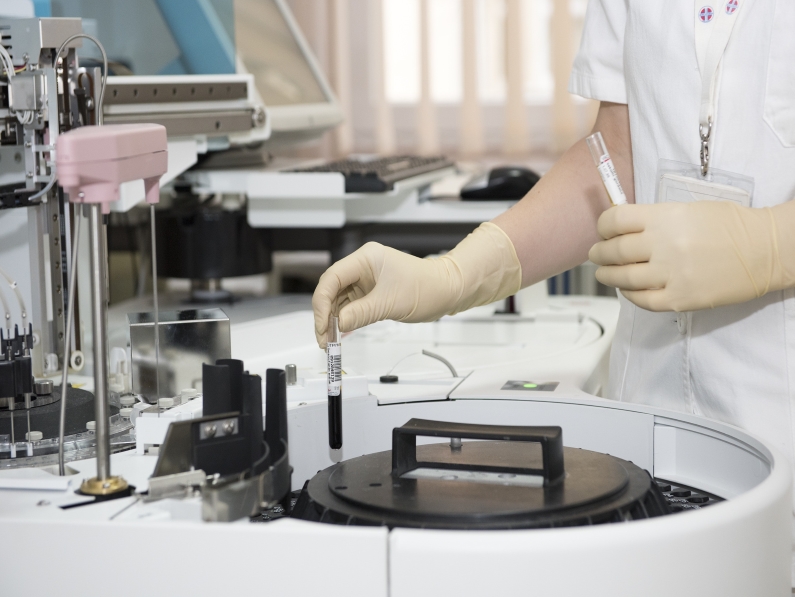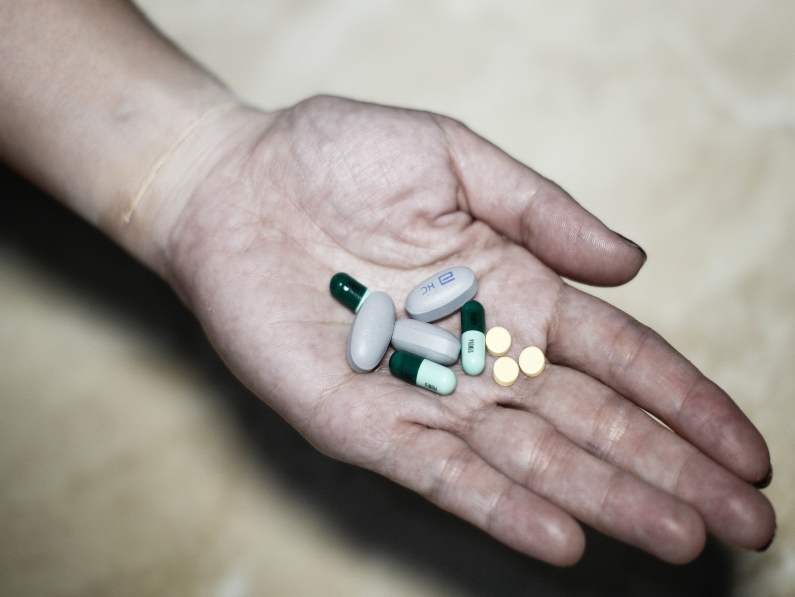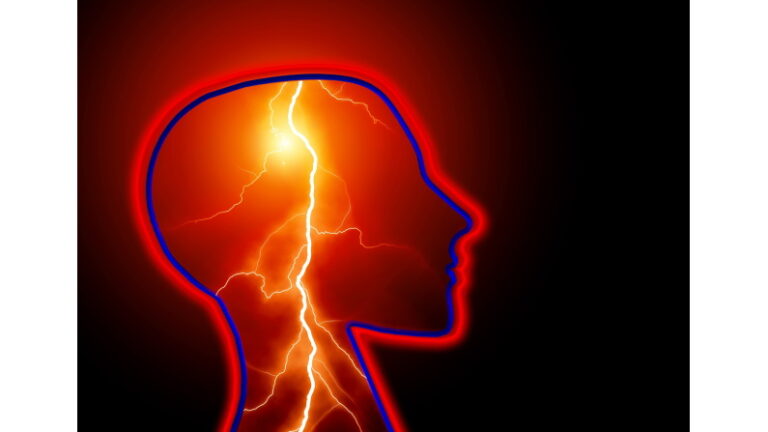39 million men, women, and children in the U.S. and 1 billion people worldwide are taking migraine drugs. Migraines are the most powerful vascular headaches that exist.
Despite common knowing what we do about triggers, decades of research have not provided a known root cause.
What has come from years of studies and trials, is an endless line of drugs.
Besides, there is no medicine proven more effective than the other. It depends on the type of migraine, genetic makeup, diet and lifestyle, and the right drug combination.
As of 2019, there are 285 migraine drugs on the market. How can we know which one is most suited for us?
Here’s a list of the latest and greatest migraine drugs in 2019.
What You Need to Know

There are two forms of medications: acute (to relieve pain during an episode) and preventive (reduces severity and frequency).
Acute Medications
Analgesics – These are for milder migraines and can be ibuprofen/advil, and acetaminophen.
Triptans – these make blood vessels constrict and block pain pathways in the brain. Triptans include:
- sumatriptan (Imitrex and Tosymra)
- rizatriptan (Maxalt)
- almotriptan (Axert)
- naratriptan (Amerge)
- frovatriptan (Frova)
- zolmitriptan (Zomig)
- eletriptan (Relpax)
Ergotamine and Caffeine Drugs – these are available as Migranal and Ergomar. Dihydroergotamine is also available as an injection or infusion. These are for in patients who don’t respond well to analgesics or triptans.
Migergot and Cafergot have a better impact on pain lasting longer than 48 hours.
If acute medications are used for more than 10 days, rebound headaches may occur.
Preventive Approach

Blood pressure medicines – These are for treating high blood pressure, but are also good for migraines. They include the beta blockers:
- propranolol (Inderal LA and Innopran XL)
- metroprolol tartrate (Lopressor)
- timolol (Betimol)
For those that experience an aura, calcium channel blockers like verapamil (Calan and Verelan) can help.
Anticonvulsants – These are anti-seizure medicines that prevent migraines. Topiramate (Topamax) and valproate (Depacon) are both used.
Onabotulinumtoxin A – This is approved for those with more than 15 headaches per month. Its common name is Botox, and patients get injections every three months.
Erenumab – The FDA approved this antibody in 2018. It targets a specific peptide protein receptor. This is given once per month.
Antidepressants – Tricyclics like Amitriptyline may be good in preventing migraines, even for those without depression. They help by changing serotonin levels. Only one SSRI has proven to work: Effexor XR.
Supraorbital nerve stimulation (t-SNS) – This device (Cefaly), is similar to a headband with electrodes. The FDA has approved it as a preventive measure.
Weighing the Risks and Benefits of Migraine Drugs

Patients who have more than four migraines per month should consider preventive. If its only once a month or less, then an acute medication should be enough.
These medicines should provide relief within two hours.
For more information on migraines and effective medications, visit
www.americanmigrainefoundation.org.







